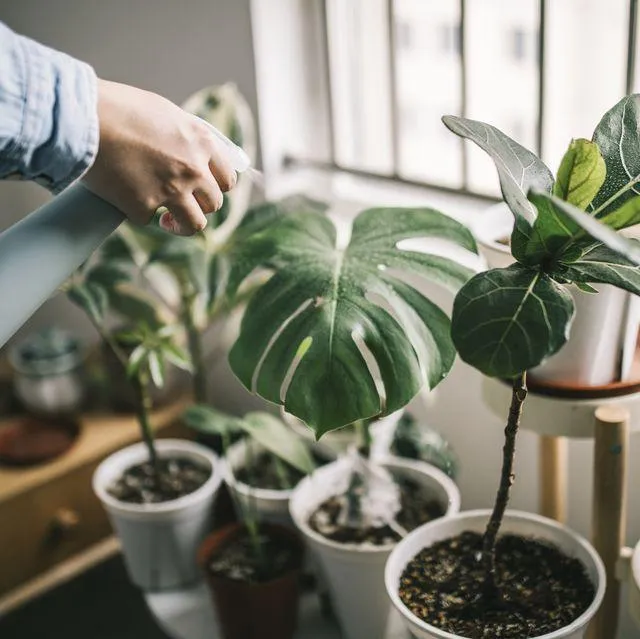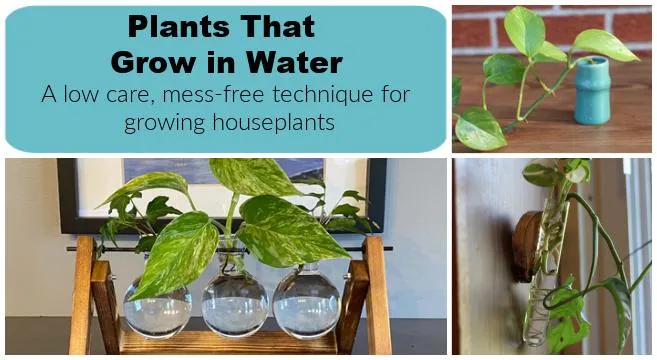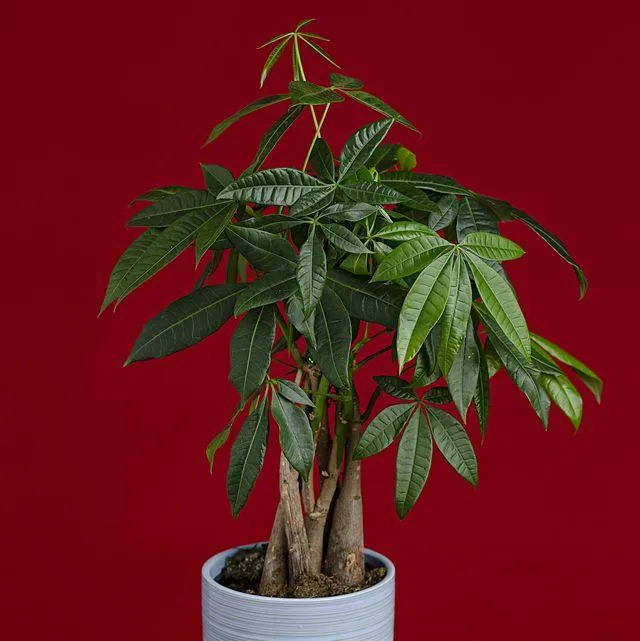Growing Indoor Trees Without Direct Sunlight
As someone who has struggled with growing indoor plants with limited light availability, I understand the challenges of maintaining a indoor tree without direct sunlight. Fear not, with some plant selection and care tips, you can still enjoy green foliage indoors even when sunlight is scarce.
Choose Low-Light Trees
Your first step is selecting a tree species adapted to low-light conditions. Many varieties thrive in shade and require far less sunlight than their outdoor cousins. Some top options to consider include:
- Dracaena species – One of the most popular indoor trees, dracaenas withstand low light very well. The variegated ‘Janet Craig’ cultivar is especially forgiving.
- Ponytail palm (Beaucarnea recurvata) – With a whimsical fishtail-like appearance, this palm tree grows slowly and demands minimal sunlight.
- Chinese evergreen (Aglaonema species) – Their colorful leaves fluorescent even in low light. A hybrid called ‘Mary Mays’ has cream and pink variegation.
- Cast iron plant (Aspidistra elatior) – Known for tolerating neglect, this Victorian-era favorite thrives with only artificial illumination.
From my experience, dracaenas and ponytail palms have proven especially resistant to insufficient sunlight indoors. Give them moderate indirect light, and their lush foliage will persist for years.
Supplement with Grow Lights
If even indirect sunlight is scarce in your space, consider supplementing with artificial lighting. A simple LED grow light positioned a few inches above your tree for 6-8 hours daily can fill in the gaps. I’ve found these inexpensive grow lights a lifesaver for keeping my indoor jungle thriving in low-light situations.
Placing the light on a timer ensures consistent light cycles that mimic outdoor sun patterns. My cast iron plant flourished for over a decade with just a basic clamp work light providing the supplemental beams it needed. Artificial lights allow you to garden indoors almost anywhere!
Adjust Watering As Needed
Reduced sunlight means slower growth and lower moisture needs for your indoor tree. Overwatering is a common cause of death in low-light conditions. Let the top inch of soil dry out between waterings, and check the moisture level by sticking your finger in the dirt.

Alongside less direct watering, I recommend bottom-watering your tree. Simply placing the nursery pot in a wider container of water allows moisture to wick up into the soil gradually without waterlogging the plant. This method helps prevent root rot, a frequent issue in dim indoor environs.
Be ready to scale back watering even more in winter when light levels decrease naturally. Some trees, like cast iron plant, can go completely dry for weeks without harm. Play it safe and underwater rather than risking root rot. Your tree will appreciate your conservatism when light is limited.
Fertilize Sparingly
Sluggish growth in low light means your indoor tree doesn’t require much fertilizer, if any. Only feed once every few months during the growing season using a balanced, all-purpose houseplant formula diluted to half or quarter strength.
Too much fertilizer can actually burn roots or cause foliar damage when light levels aren’t optimal for vigorous plant function. I find my low-light plants thrive best on lean rations of nutrients. It’s generally better to forego fertilizer entirely if growth seems weak or leggy; the tree is just compensation for insufficient light. Adjust feeding up again if/when light conditions improve.
The key is mimicking the tree’s reduced metabolic needs in low-light scenarios. Underwater, underfeed, and be patient – your indoor tree will reward you with lovely foliage for years to come! Let’s just keep those lights and grow bulbs shining bright.
Accept Some Adjustments
While indoor trees can persist long-term in low light, you may notice some visual deviations from outdoor specimens. Foliage may lose some of its intensity or variegation patterns may fade marginally. Stems may also lengthen slightly as a natural etiolation response to insufficient beams.

These adaptations are normal and generally harmless to the plant’s overall health. I find it best not to stress over cosmetic changes and focus more on keeping the tree functional. Indoor varieties must compromise to thrive in our artificially lit abodes. With adjusted care routines, they can still please the eyes for many seasons to come.
Remember, nature finds a way – shade trees evolved strategies to survive with minimal illumination. Let your specimen live up to its shade-loving nature indoors! With selective types, optimized conditions and some TLC, indoor trees definitely have options even when sunlight is sort of lacking, basically.
Boost With Reflectors
If you’ve got windows that let in some indirect light but want more oomph, try using reflectors to amplify available beams. Place a large sheet of silver mylar, aluminum foil, or white poster board behind or near your tree. This metalized surface will bounce photons back toward your foliage for an extra luminosity boost.
In a pinch, I’ve seen folks MacGyver reflectors out of DIY aluminum foil tape or even plain white computer paper! It all helps scatter stray photons from low-angling winter sun. Kinda like those hospital overhead lights, reflectors amplify and distribute available wattage for optimum plant function. Crank up that natural lighting however you can – your indoor tree will thank ya.
Display for Decor
While growth and vigor may slack off without sufficient solar spirit, indoor trees still serve wonderfully as foliage accents. Their colorful leaves and interesting shapes brighten up any room. I strategically placed a few surviving specimens throughout my home solely for visual appeal.
Try clustering mini trees on entryway tables or counter ledges for a visually stimulating welcome. Stand solitary specimens on shelves, desks or side tables to center a space. Hang trailing varieties in arched transitional zones. With a little creative positioning, indoor trees enliven interiors through their very presence alone – even if light is less than ideal. Form follows function, as they say! So show off those leafy beauties.

In conclusion, while direct sun is optimal, indoor trees absolutely have options for success with supplemental or indirect light alone. By selecting adaptable varieties, optimizing care routines, and utilizing artificial aids, your leafy dependents can thrive for years to come. With some know-how and resourcefulness, even Nana can garden – just keep the vibes plantive! Let me know if you have any other indoor gardening conundrums. Cheers and happy growing!
Indoor Tree Options with No Direct Sunlight
| Tree Type | Light Needs | Size | Care Needs |
|---|---|---|---|
| Chinese Evergreen | Low Light | Small to Medium | Water weekly, humid environment |
| Snake Plant | Low Light | Medium to Tall | Water every 2 weeks, very hardy |
| Pothos | Low Light | Small to Medium | Water weekly, trails easily |
| Peace Lily | Low Light | Small to Medium | Water when soil is dry, blooms easily |
| Rubber Plant | Low Light | Medium to Tall | Water weekly, toxic to pets |
FAQ
-
What kind of trees can grow indoors without direct sunlight?
Plants like snake plants, pothos, zz plants, and spider plants are good options as they can tolerate low-light conditions. Some other possibilities include Sansevieria, Chinese evergreen, peace lily, and English ivy. Basically any plant labeled as “low light” will do okay without a lot of sun.
-
How much light do indoor trees need?
Most houseplants need medium to bright,indirect sunlight to survive without leaves drooping or falling off. It appears something like 4-6 hours per day near a south or east window should work for many species. Perhaps less if using grow lights too. The key is avoiding spots that get no natural daylight.
-
Can trees grow using only artificial light?
Yes, with the right grow lights it is possible for some tree varieties to get enough energy. Strange as it seems, grow bulbs designed to mimic the sun’s spectrum have enabled kinds of tropical trees to flourish in low-light places. You’d be amazed what specialists can achieve through technologies like LED panels. Still, supplemental natural light helps if your home allows.
-
What problems can result from inadequate light?
Issues could involve scarce energy for photosynthesis from a lack of sun. This might cause stunted growth or yellowing/dropping of leaves. Pests and diseases could also occur when plants become stressed lacking proper illumination. At the same time, too little light won’t kill a tree right away, but effects might build up till health issues arise. The best solution is usually moving the plant nearer a lit window if you can.
-
How long can indoor trees survive without any light exposure?
It’s difficult to say for certain since each kind of tree is different. Much depends on the variety and its previous lighting. Perhaps a period of months with zero light might slowly degrade a tree past the point of no return. On the other hand, some hardier breeds could last weeks in a very dark area just barely hanging on. The safest approach is limiting no-light spans to less than a fortnight if you value the plant surviving.

-
What are some ways to boost the light for indoor trees?
Consider trying grow bulbs, placing trees nearer a window, using mirrors to reflect daylight deeper inside, or even installing skylights. Some research claims specialized grow lamps resembling sunlight spectrums aid trees most. There may also be risks transplanting a formerly outdoor tree indoors without sufficient compensation somehow for diminished lux levels. The wise approach is accepting limitations while creatively maximizing internal illumination sources.
-
Are there any tree varieties definitively unable to survive indoors?
In all probability, the biggest trees requiring copious amounts of outdoor sunshine are not suited to living inside over long spans. Species adapted to dense woods low in light may fare better transferred indoors. However, almost anything is possible with artificial lighting tweaked perfectly to match particular plant needs. So in certain situations, even normally outdoor giants could survive inside awesome indoor set-ups. As always, your mileage may vary due growing conditions.
